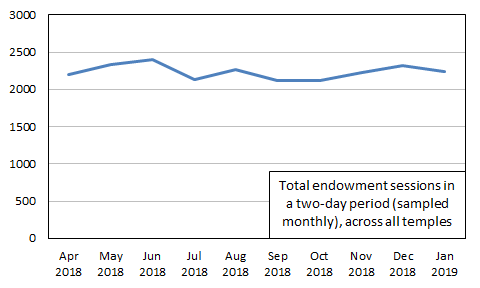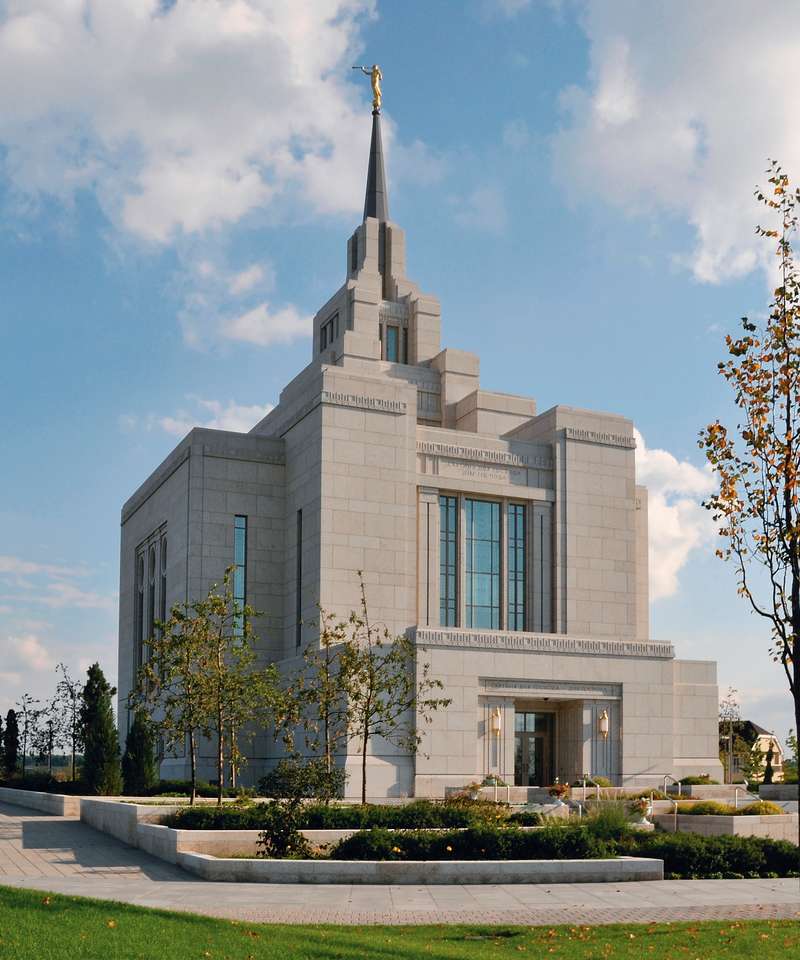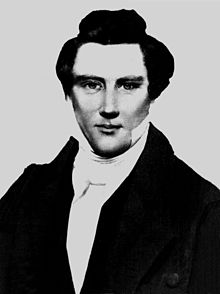Is the LDS Church more pro-life or pro-choice when it comes to abortion? This is an easy question, right? The Church strongly opposes abortion, so it’s clearly more pro-life.
But the answer isn’t quite that simple. As Peggy Fletcher Stack pointed out in a Salt Lake Tribune article a couple of months ago, the fact that the Church acknowledges any conditions under which it does not object to abortion makes it out of alignment with at least the most extreme versions of pro-life arguments and laws, which seek to ban abortion under all circumstances. As a result, she also notes, the Church takes fire from at least some pro-life groups for not being sufficiently opposed to abortion. Along similar lines to Stack’s article, a few years ago, TopHat of the Exponent framed the Church’s position as being pro-choice, and praised the Church for recognizing exceptions under which its policy permits abortion.
But of course, if you ask individual members what they think, Mormons (or American Mormons, at least) are more likely than any other group but one (Jehovah’s Witnesses) to want abortion to be illegal. This was a finding of the Pew Research 2014 Religious Landscape Survey. Of Mormons surveyed, 70% said abortion should be illegal in most or all circumstances, putting us behind only Jehovah’s Witnesses at 75%.
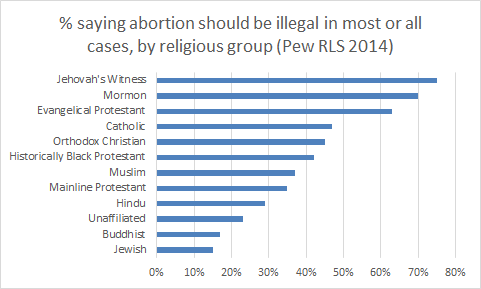 (Note that this is just a graph I made from the Pew graph so that I could sort by percentage rather than by religious group name. If you follow the link in the paragraph above, you’ll find a graph with the same numbers.)
(Note that this is just a graph I made from the Pew graph so that I could sort by percentage rather than by religious group name. If you follow the link in the paragraph above, you’ll find a graph with the same numbers.)
So what gives? If Church policy allows for situations in which abortion may be justified, why do Mormons generally lean toward banning abortion in general?
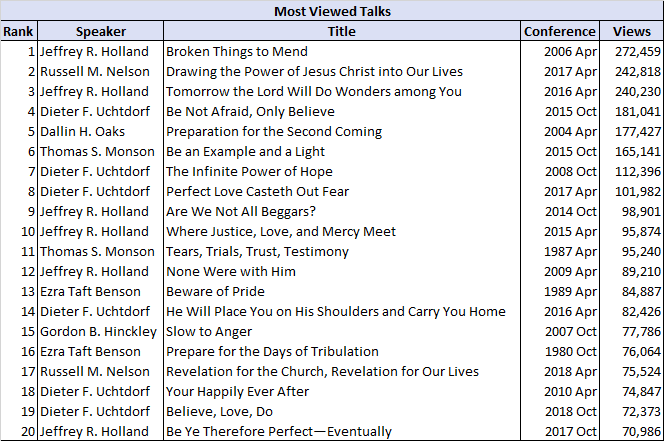
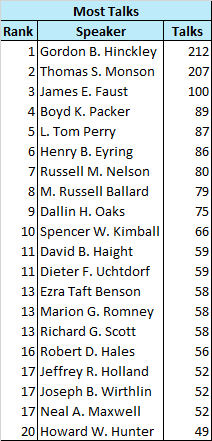
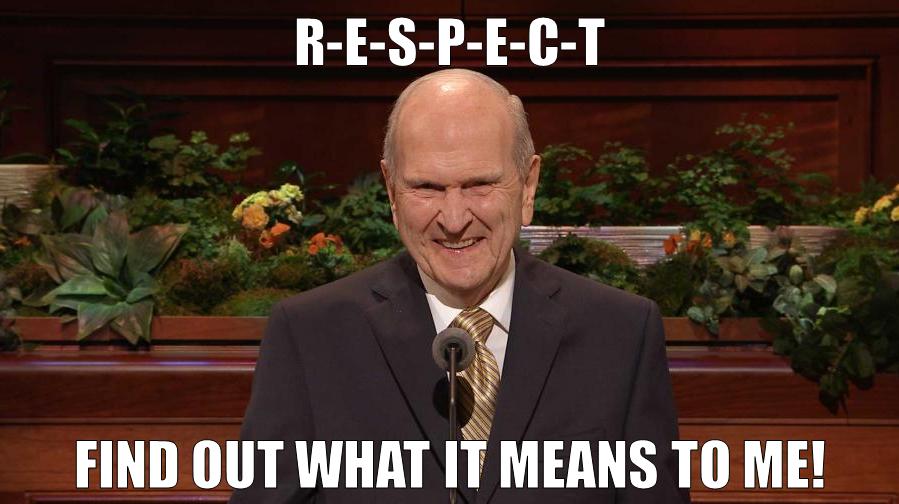
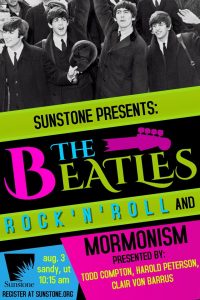

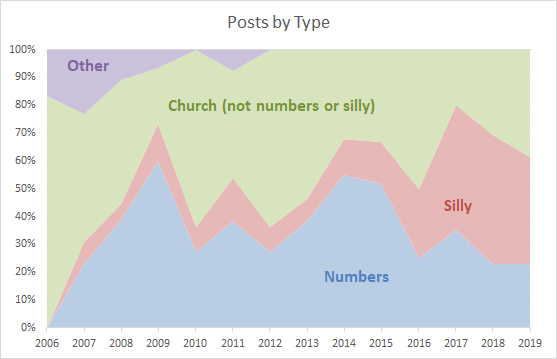


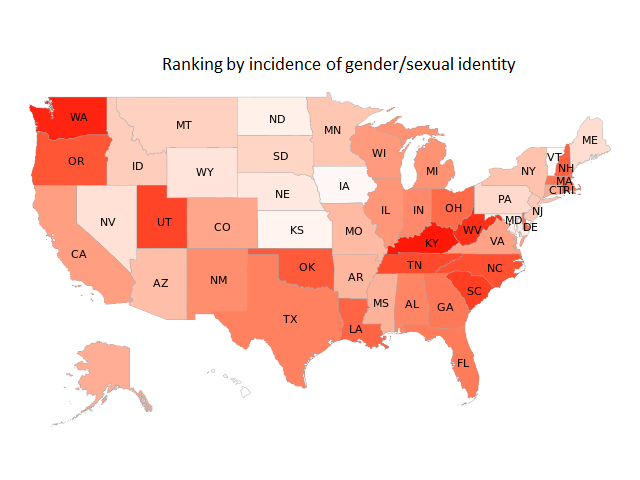

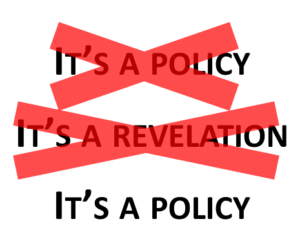 who were hurt during the three and a half years it was in place? Do Church leaders seriously expect us to believe that it was just the will of God that they suffer, but that now God has changed his mind? This change feels similar to the changes made in the endowment ceremony just a couple of months ago. It was great that the hierarchy-imposing structure was reduced, but it was awful that there was not even a mention of the pain that had been caused to so many women by the the “hearken” and “obey” covenants and the resulting power differential they were put under.
who were hurt during the three and a half years it was in place? Do Church leaders seriously expect us to believe that it was just the will of God that they suffer, but that now God has changed his mind? This change feels similar to the changes made in the endowment ceremony just a couple of months ago. It was great that the hierarchy-imposing structure was reduced, but it was awful that there was not even a mention of the pain that had been caused to so many women by the the “hearken” and “obey” covenants and the resulting power differential they were put under. hed our bishop and told him he wanted to do just one year and do a service mission. Happily, our bishop was on board, and he’s been very supportive through the whole process. The process of getting my son officially called was long and drawn out because the way the Church was handling service missions was in the middle of a major change when my son went to the bishop. So it took a while, but he’s finally official and doing his work. He seems to be enjoying it.
hed our bishop and told him he wanted to do just one year and do a service mission. Happily, our bishop was on board, and he’s been very supportive through the whole process. The process of getting my son officially called was long and drawn out because the way the Church was handling service missions was in the middle of a major change when my son went to the bishop. So it took a while, but he’s finally official and doing his work. He seems to be enjoying it.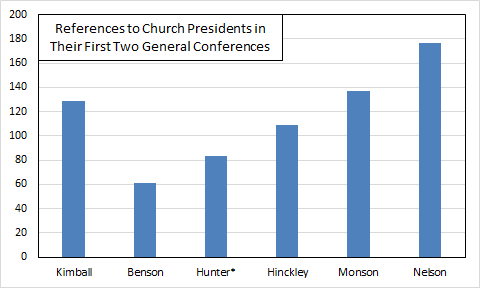
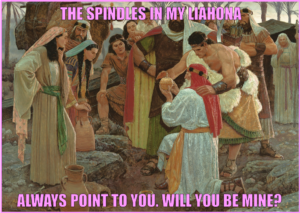

 . . . . The moment [the ward librarian’s] back was turned some breezy teacher would waltz in to make a few copies, ignoring the “library demons only” sign on the scriptorium and wouldn’t you know it, the parchment would get stuck or start unravelling uncontrollably. Oh look, there it goes again. “This is so typical,” she thought as she heaved a giant tome of “church illustrations volume 7” onto the checkout desk. “At least I get to miss Sunday school and talk with my friend.” Despite its drawbacks, the Ward Librarian was a plum job even back then.
. . . . The moment [the ward librarian’s] back was turned some breezy teacher would waltz in to make a few copies, ignoring the “library demons only” sign on the scriptorium and wouldn’t you know it, the parchment would get stuck or start unravelling uncontrollably. Oh look, there it goes again. “This is so typical,” she thought as she heaved a giant tome of “church illustrations volume 7” onto the checkout desk. “At least I get to miss Sunday school and talk with my friend.” Despite its drawbacks, the Ward Librarian was a plum job even back then.